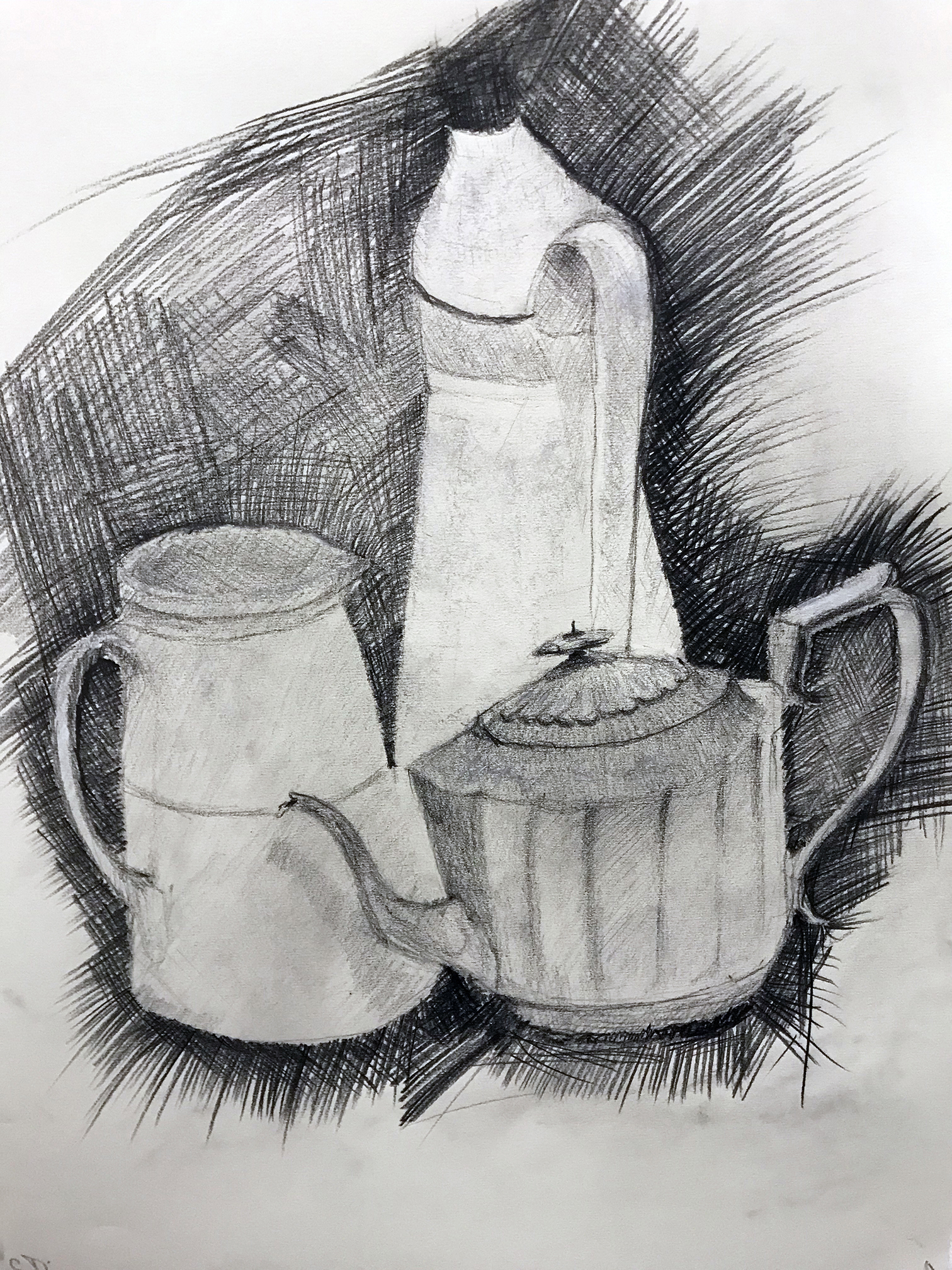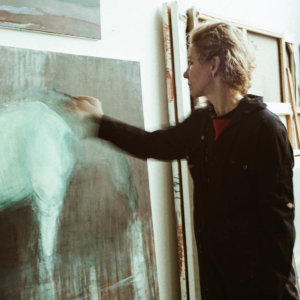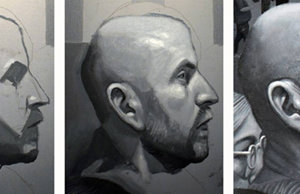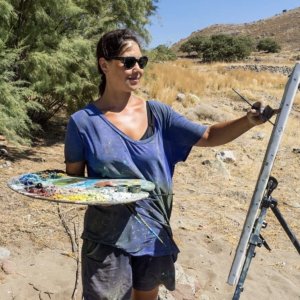Description
Observational Drawing
Tutor: Laura Smith
You will explore a variety of approaches and techniques, discovering the ways that line, tone and colour can be used creatively in representational drawing. We will discuss other artists work and the subjective response to the images you draw. This course is particularly suitable for those with a limited experience in drawing. Drawings will be made during the class so you will need to have a suitable work surface or easel to work on.
Session Pattern
4 sessions each lasting 3 hours. 10.00am – 1.00pm.
Full Course Details
Each week, we concentrate on a different aspect of observational, still-life drawing, beginning with line, moving through tone and mark making and ending with the inclusion of colour. This drawing course is designed to be appropriate for all levels and will include demonstrations and visual references.
Materials:
- A range of soft pencils (anything from 2B – 6B will be fine)
- Rubber
- Pencil sharpener
- A4 sketchbook or similar
- Any coloured drawing materials (pastels or watercolour pencils or pens, whatever you happen to have)
Day 1 – Line
We begin by making a line drawing from a simple still life. Please have a mug and a piece of fruit ready to draw. You will be guided through making one drawing. The first stage will be to make a rough sketch and the second stage will be to refine the drawing, paying close attention to the pressure of the line.
Outcomes:
- You will be able to begin a drawing with a rough sketch
- You will have learnt how to mark out a composition
- You will be able to make corrections to your drawing
- You will know the theory of using the pressure of the mark to create light and space
Day 2 – Tone
This week, we look at how tone can create a sense of light and space. With reference to demonstrations and artists’ drawings, we make two drawings. The first one will be using a very wide tonal range, the second a narrower one. Please find a light object and a dark object and arrange them against a mid-tone background with the light coming from the side. (For example, a white vase, next to a dark blue teapot, in front of piece of grey cloth.)
Outcomes:
- You will know what the term tone means
- You will have tried shading
- You will have gained confidence in using tone to create illusion
- You will know the theory of how manipulating tone can create different effects
Day 3 – Mark-making
Today we explore some of the different ways pencils can be used to make marks. We look at several examples, copy a range of details and then each make a drawing using a technique we have an affinity with. For the set-up, choose an object with a soft texture and place it next to one with a hard texture (e.g. a peach next to a knife)
Outcomes:
- You will have expanded your range of mark-making
- You will have been introduced to some different artistic approaches
- You will have attempted to create the illusion of different textures
- You will have gained confidence in arranging a still-life
Day 4 – Colour
The course ends with an introduction to a few different ways to use colour when drawing. A very small selection of coloured drawing materials can transform a pencil drawing and heighten its impact. We look at how to use complimentary colours and how to develop your own colour sense. Please create a simple still life which includes some patterned material and at least two coloured objects.
Outcomes:
- You will have made a coloured drawing
- You will have learnt the basic theory of colour mixing
- You will have learnt about different ways of incorporating colour into your drawing
- You will have a plan for the next step for your drawing practice



